Threats to Forest Health: Pests, Diseases, and Climate Change
- September 17, 2024
- 1 comment
Forest ecosystems are essential to maintaining global biodiversity and climate stability. They provide habitat for countless species, store carbon, regulate the water cycle, and support human livelihoods. However, these ecosystems face significant threats that endanger their health and resilience.
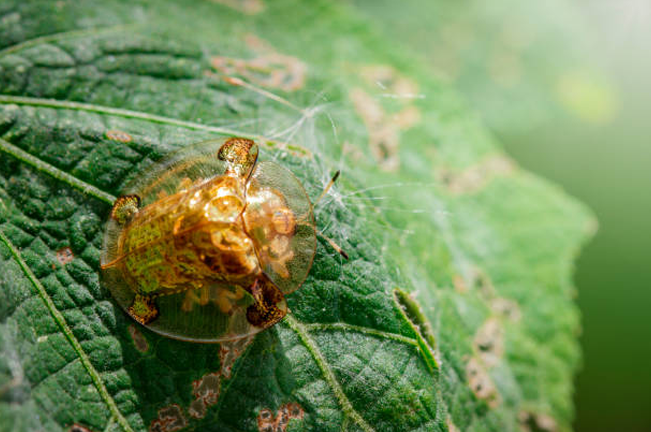
Pests, diseases, and climate change are three of the most prominent and interconnected dangers that impact forests today. As these threats interact, they create a compounding effect, weakening trees and entire ecosystems, reducing biodiversity, and destabilizing forest ecosystems globally.
Table of Content
- Pests and Their Impact on Forest Health
- Forest Diseases: A Growing Concern
- The Role of Climate Change in Exacerbating Forest Threats
- Mitigation Strategies and Solutions
- The Future of Forest Health: Challenges and Opportunities
- FAQs
Pests and Their Impact on Forest Health
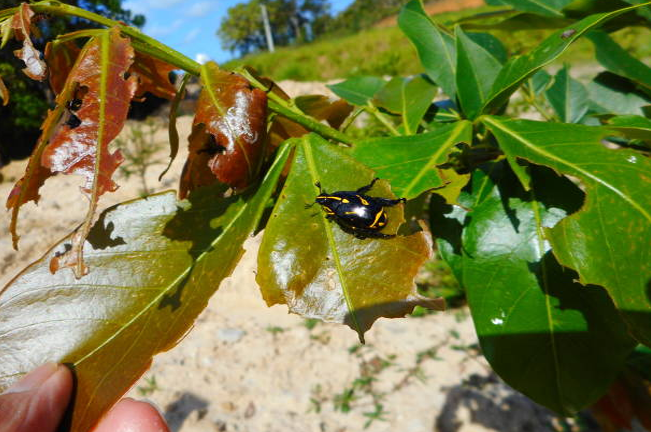
Forests worldwide are increasingly under siege by both invasive and native pests. Species like the bark beetle, emerald ash borer, and gypsy moth have wreaked havoc on trees and ecosystems, weakening their structural integrity. Pests are a major disruptor of forest health as they feed on trees, boring into trunks and stems, causing tree mortality, and leaving them vulnerable to diseases.
For instance, in North America, bark beetle infestations have devastated millions of acres of forest, with climate change playing a role by extending warmer periods that increase beetle reproduction. Similarly, the emerald ash borer, an invasive pest from Asia, has decimated ash trees across the United States. The consequences of these infestations include altered ecosystems, reduced timber resources, and the loss of wildlife habitat.
To mitigate the impact of pests, forest managers employ strategies such as monitoring populations, introducing natural predators, and utilizing biological control agents. In some cases, preventive measures, such as removing infested trees or using insecticides, help contain outbreaks.
Forest Diseases: A Growing Concern
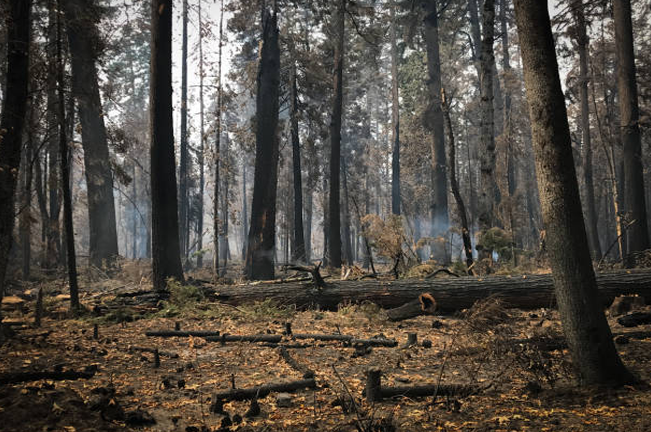
Alongside pests, forest diseases represent a growing concern for forest health. Diseases like Dutch elm disease, sudden oak death, and root rot have caused significant damage to forests around the world. These diseases are often spread through fungal infections, bacteria, or viruses, and can move swiftly through forested areas, killing trees in large numbers.
Many forest diseases are exacerbated by pest infestations. For example, bark beetles often introduce fungal pathogens into trees as they burrow, which leads to diseases like blue stain fungus. Over time, these diseases weaken trees, reduce biodiversity, and impact forest productivity.
Forest health is further compromised by the long-term effects of these diseases on biodiversity. The loss of key tree species can alter forest structure and affect the plant and animal species that depend on those trees. Measures to combat these diseases include careful monitoring, quarantine procedures, and, in some cases, the development of disease-resistant tree species through selective breeding.
The Role of Climate Change in Exacerbating Forest Threats
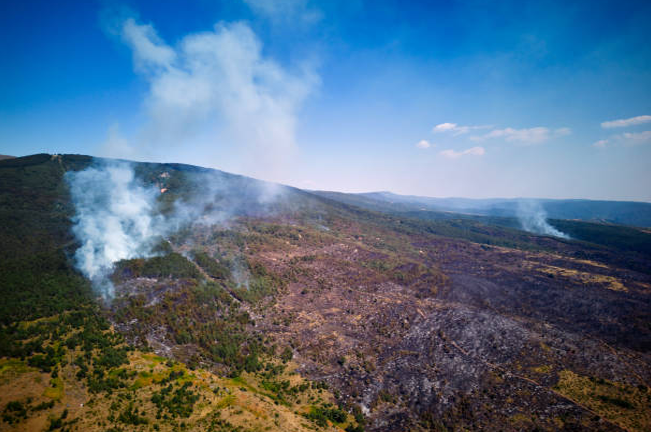
Climate change plays a pivotal role in amplifying the threats posed by pests and diseases. Rising temperatures, shifting precipitation patterns, and increased frequency of extreme weather events have weakened forest resilience. These changes create conditions that are more favorable for pests and diseases to thrive.
For example, warmer winters allow pests like the bark beetle to survive and reproduce in greater numbers, leading to larger infestations. Extended periods of drought, triggered by climate change, stress trees and make them more susceptible to diseases and pest infestations. Forests that are already weakened by these factors are also more prone to climate-related degradation, such as wildfires and storms.
One example of climate-related forest degradation is the increased incidence of drought stress in the western U.S., which has heightened the risk of both pest outbreaks and wildfires. These combined pressures lead to large-scale forest mortality and significantly reduce forest cover. The compounding effects of climate change make it a central factor in the decline of forest health across the globe.
Mitigation Strategies and Solutions
The threats to forest health are significant, but solutions exist to manage and mitigate these challenges. Effective pest and disease management includes regular monitoring of forest health, early detection of outbreaks, and rapid intervention to prevent widespread damage. Biological control, where natural predators or pathogens are introduced to control pest populations, is also a valuable tool.
In the face of climate change, forest managers must adopt adaptive strategies that promote resilience. These include selective breeding of tree species that are resistant to pests and diseases, promoting biodiversity to enhance ecosystem stability, and employing sustainable forestry practices that protect soils and watersheds.
The role of government policy and international cooperation cannot be understated. Global agreements on climate action, deforestation, and forest conservation, such as the REDD+ program, play a vital role in mitigating the impact of climate change on forests. Investment in research and technological innovations, such as remote sensing for forest monitoring and early warning systems, will be key in safeguarding forest health in the future.
The Future of Forest Health: Challenges and Opportunities
As the climate continues to change, forests face new and emerging threats. Rising temperatures, unpredictable weather patterns, and the spread of new pests and diseases will require adaptive management strategies to protect forests. The preservation of forest ecosystems will depend on innovative solutions, such as reforestation, forest restoration, and improved pest management techniques.
Public awareness and community involvement are essential components of successful forest health initiatives. Communities can play a critical role in monitoring forest health, reporting pest outbreaks, and participating in conservation efforts. By raising public awareness about the threats to forests and the importance of sustainable practices, society can work together to protect these vital ecosystems.
Frequently Asked Questions (FAQs)
1. What are the main threats to forest health?
The main threats to forest health include pests (both invasive and native), diseases, and climate change. These factors can weaken trees, reduce biodiversity, and disrupt entire forest ecosystems.
2. How do pests affect forest ecosystems?
Pests, such as bark beetles and emerald ash borers, damage trees by feeding on their leaves, stems, or trunks. This can weaken trees, making them more susceptible to diseases, and can lead to widespread tree mortality, ultimately disrupting forest ecosystems.
3. What are some common forest pests and their impacts?
Some common forest pests include the bark beetle, emerald ash borer, and gypsy moth. These pests can cause significant damage to trees by boring into their trunks, feeding on their leaves, or spreading pathogens that lead to disease outbreaks.
4. How do forest diseases spread?
Forest diseases often spread through fungal spores, bacteria, or viruses, which can be carried by wind, rain, or pests. They can also be transmitted through soil, water, or direct contact between infected and healthy trees.
5. What are some common forest diseases?
Common forest diseases include Dutch elm disease, sudden oak death, and root rot. These diseases can kill large numbers of trees, reduce biodiversity, and alter the structure of forest ecosystems.
6. How does climate change exacerbate forest health issues?
Climate change contributes to forest health issues by creating favorable conditions for pests and diseases to thrive. Warmer temperatures, altered precipitation patterns, and increased frequency of droughts weaken trees, making them more vulnerable to these threats.
7. What are some examples of forests affected by pests, diseases, and climate change?
Forests in the Western U.S. have been severely impacted by a combination of drought, bark beetles, and wildfires. The Amazon rainforest faces threats from deforestation, pests, and climate change, leading to rapid loss of biodiversity and forest cover.
8. How can forests be protected from pests and diseases?
Forests can be protected through monitoring, early detection, biological control, and sustainable management practices. Removing infested trees, introducing natural predators, and using resistant tree species are some of the strategies employed to control outbreaks.
9. What role does climate change play in the spread of pests and diseases?
Climate change accelerates the spread of pests and diseases by extending their reproductive seasons and expanding their geographical ranges. Warmer winters and increased stress on trees from drought and extreme weather events make forests more susceptible to infestations and infections.
10. How can forest managers address the combined threats of pests, diseases, and climate change?
Forest managers can use adaptive management strategies, such as selective breeding for disease-resistant tree species, promoting biodiversity, implementing sustainable forest management practices, and utilizing early detection systems for pest and disease outbreaks.
11. What are the long-term impacts of pests and diseases on forests?
The long-term impacts include reduced biodiversity, loss of key tree species, altered forest structure, and disrupted ecosystem functions such as carbon storage, water regulation, and habitat provision.
12. What are some successful examples of pest and disease management in forests?
Examples of successful pest and disease management include biological control of pests using natural predators, quarantine measures to prevent the spread of diseases, and selective breeding of trees for disease resistance.
13. How can communities and individuals help protect forest health?
Communities and individuals can contribute by participating in forest health monitoring, reporting pest outbreaks, supporting conservation initiatives, planting native tree species, and reducing activities that contribute to climate change.
14. What are the future challenges in maintaining forest health?
Future challenges include addressing the ongoing impacts of climate change, the spread of new pests and diseases, and ensuring sustainable forest management practices. As temperatures rise and ecosystems shift, forest health will require continuous monitoring and adaptive strategies.
15. How do policy and global cooperation play a role in protecting forests?
Policy and global cooperation are crucial for addressing forest health threats. International agreements, such as REDD+ and climate accords, promote forest conservation and sustainable management, while national policies can regulate pest control, disease management, and land use practices.

Gilbert Griffin
Forestry AuthorGilbert Griffin is a forest management expert specializing in sustainable practices, forest health, conservation, and land management. With extensive knowledge in pest control, disease management, and habitat restoration, Gilbert develops strategies to preserve forest ecosystems and biodiversity. Passionate about the natural world, Gilbert adapts to changes in forest management and stays updated through continuous learning. Gilbert also provides seasonal advice to optimize forest care throughout the year.


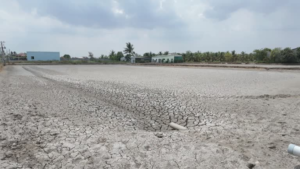

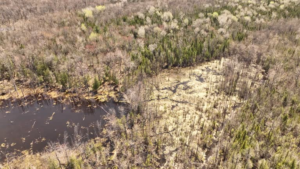
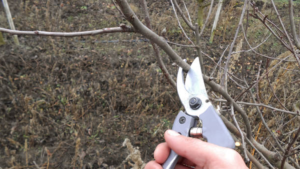
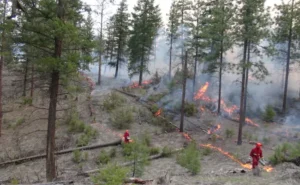


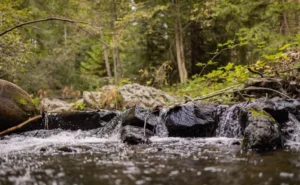



Thank you for your sharing this post. I am a forestry researcher in especially of invasive weed, after retiring a freelancer of this field.
(Ms.) Wai Wai Than
October 7, 2024 6:36 am